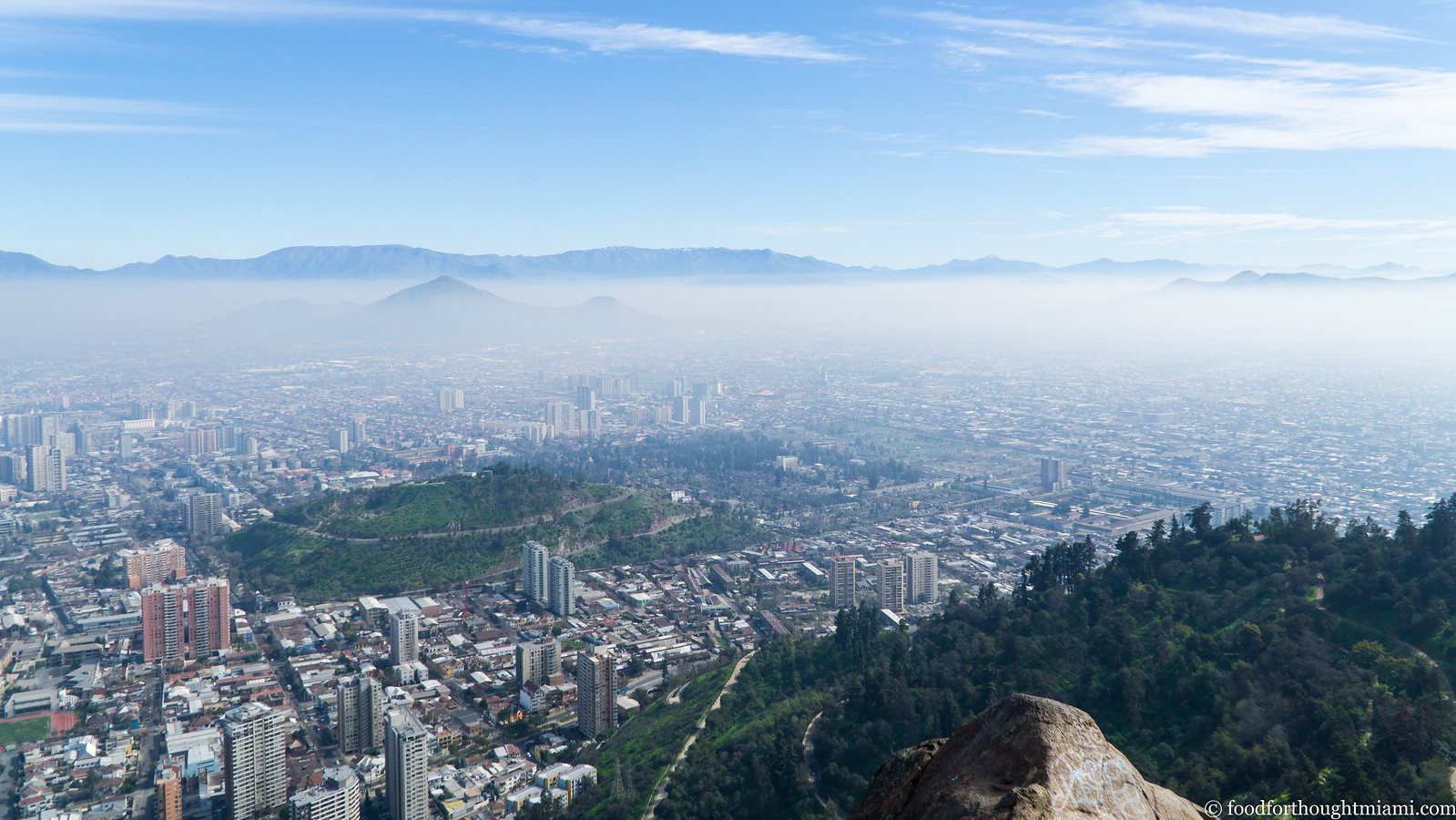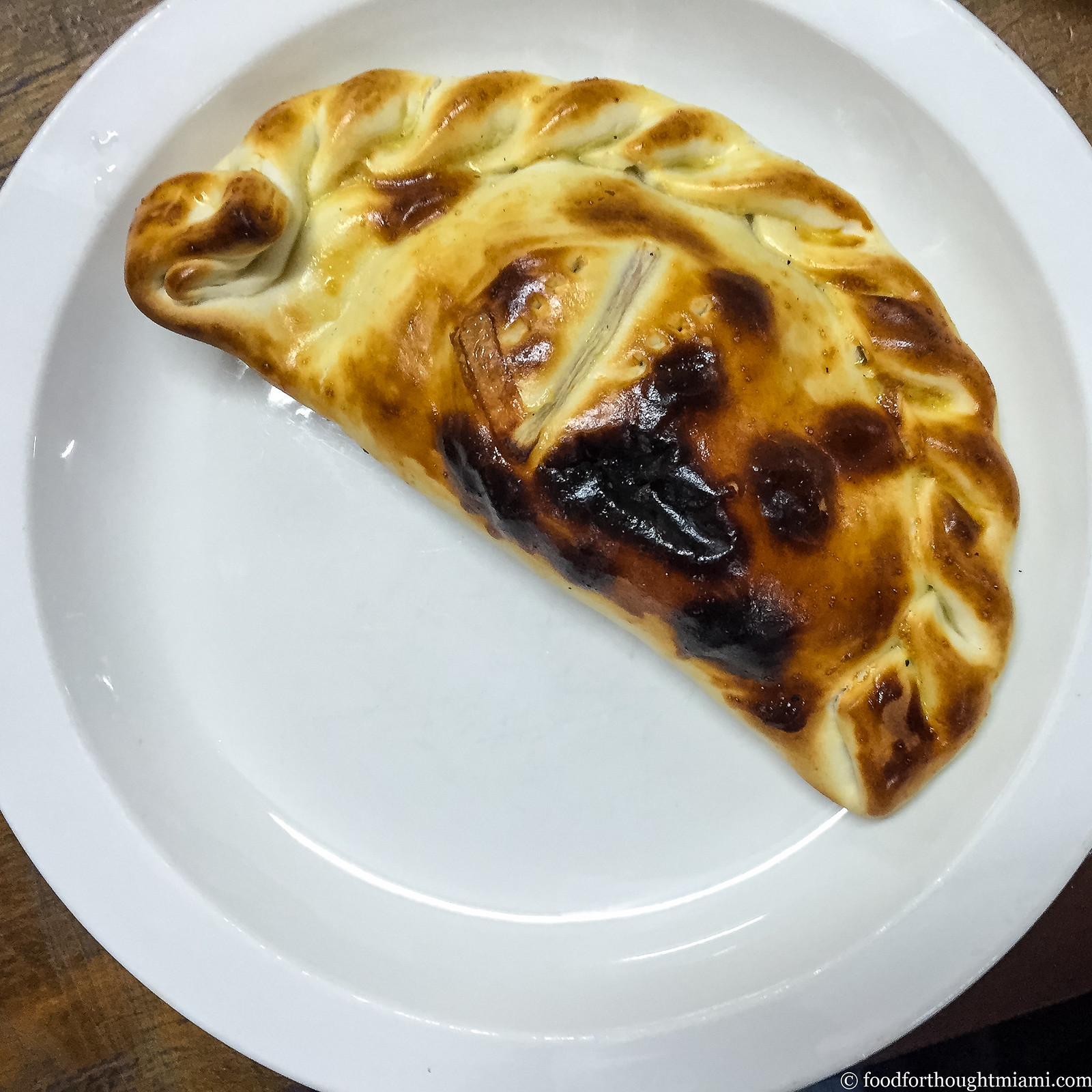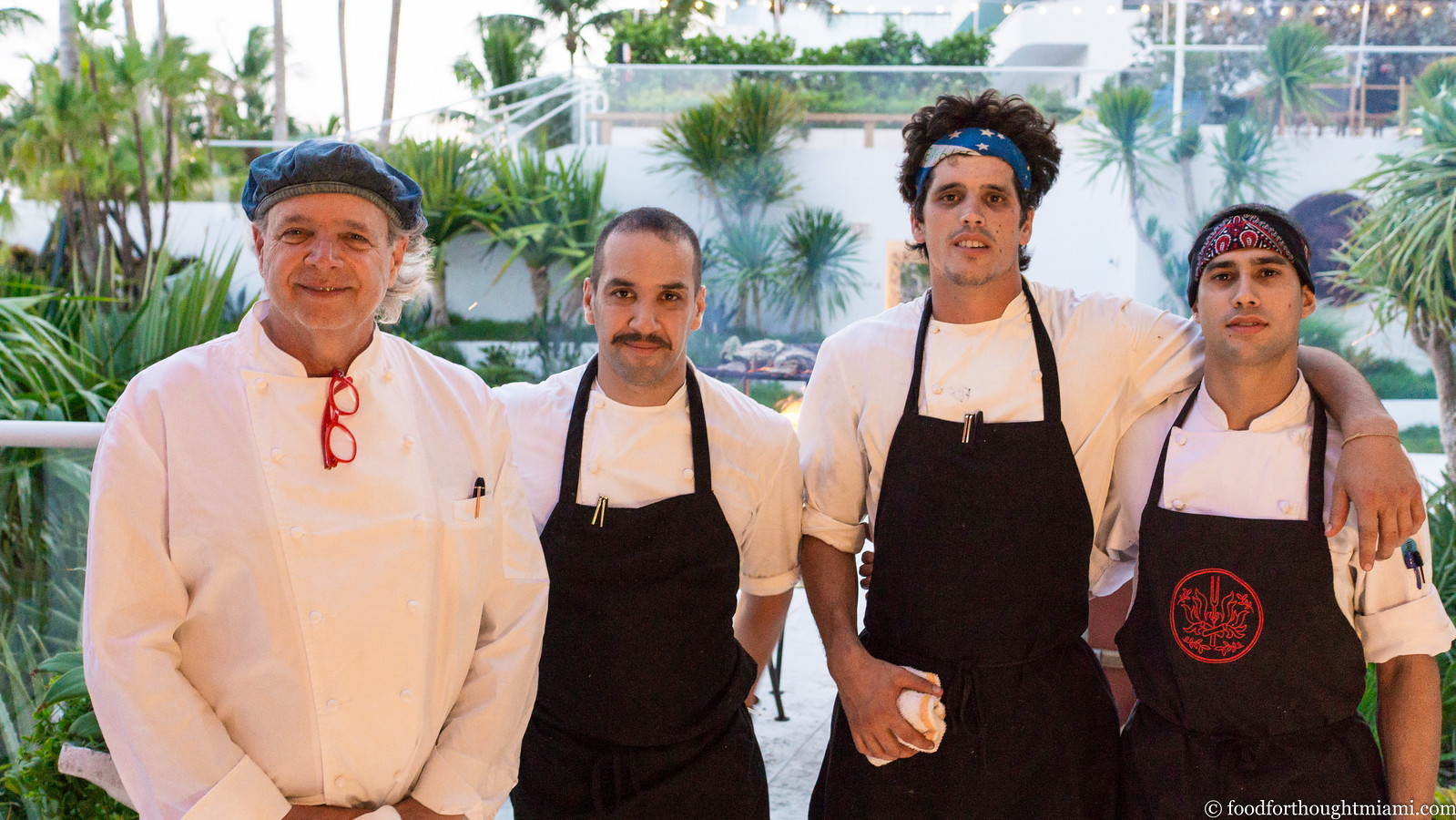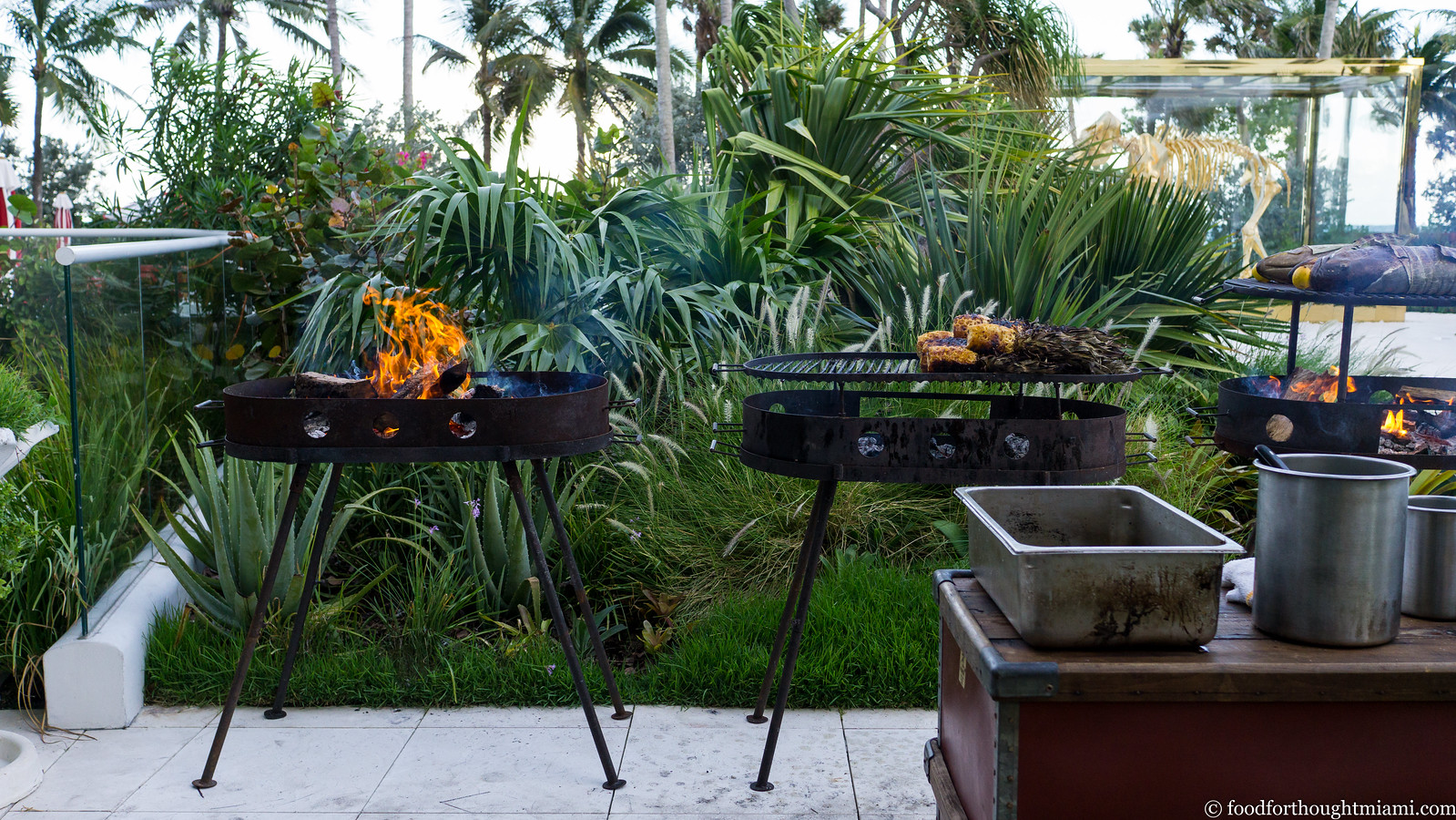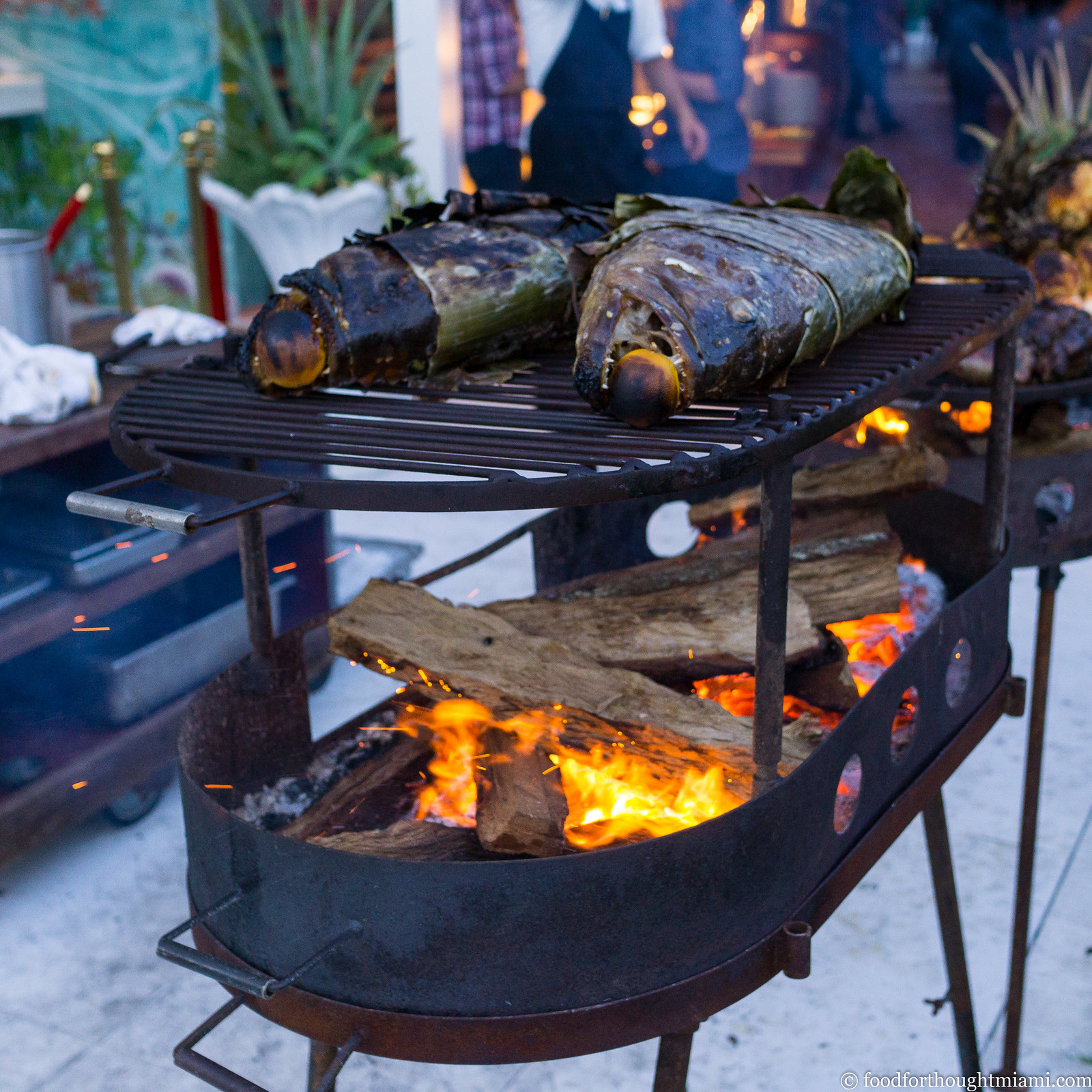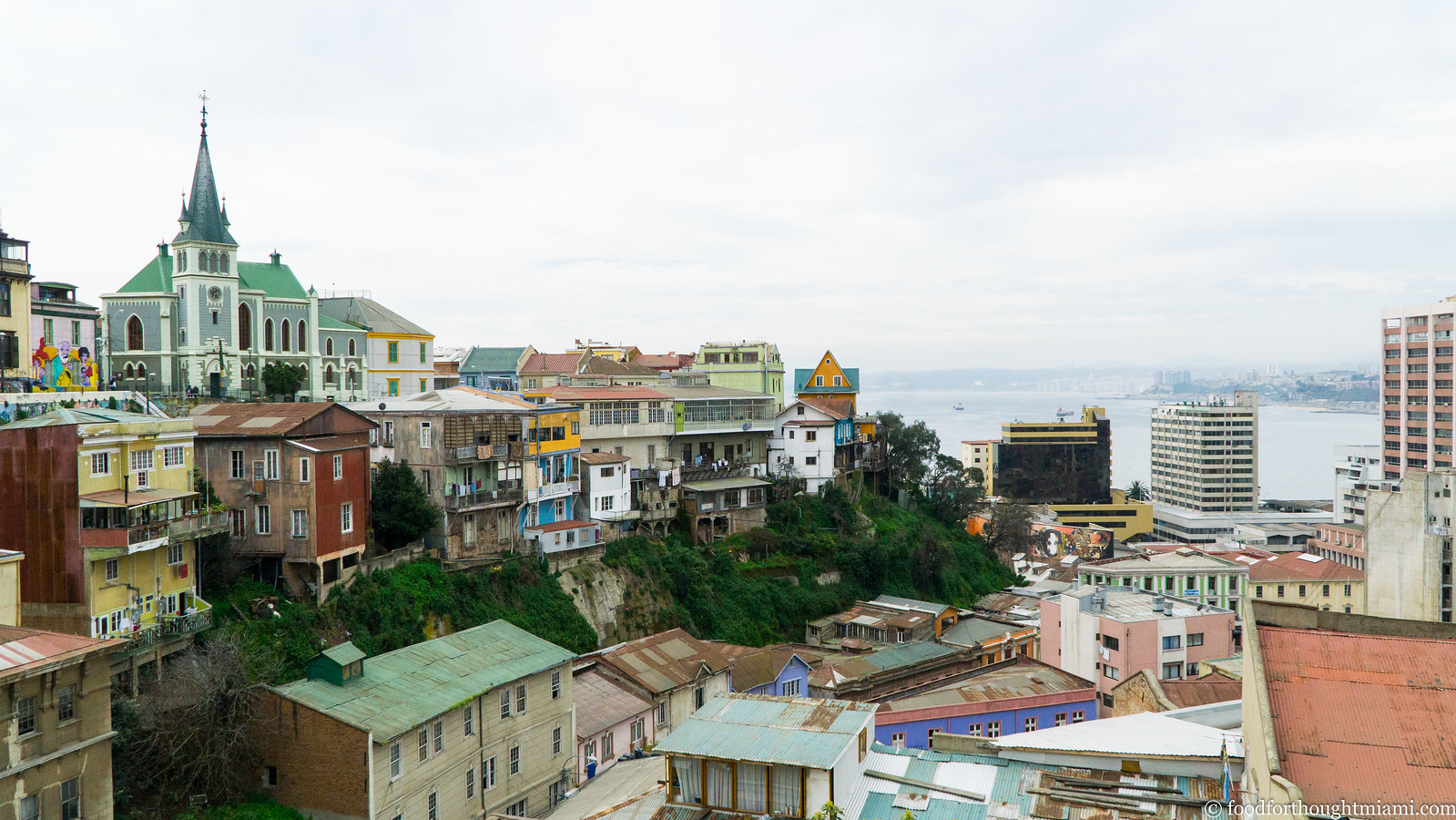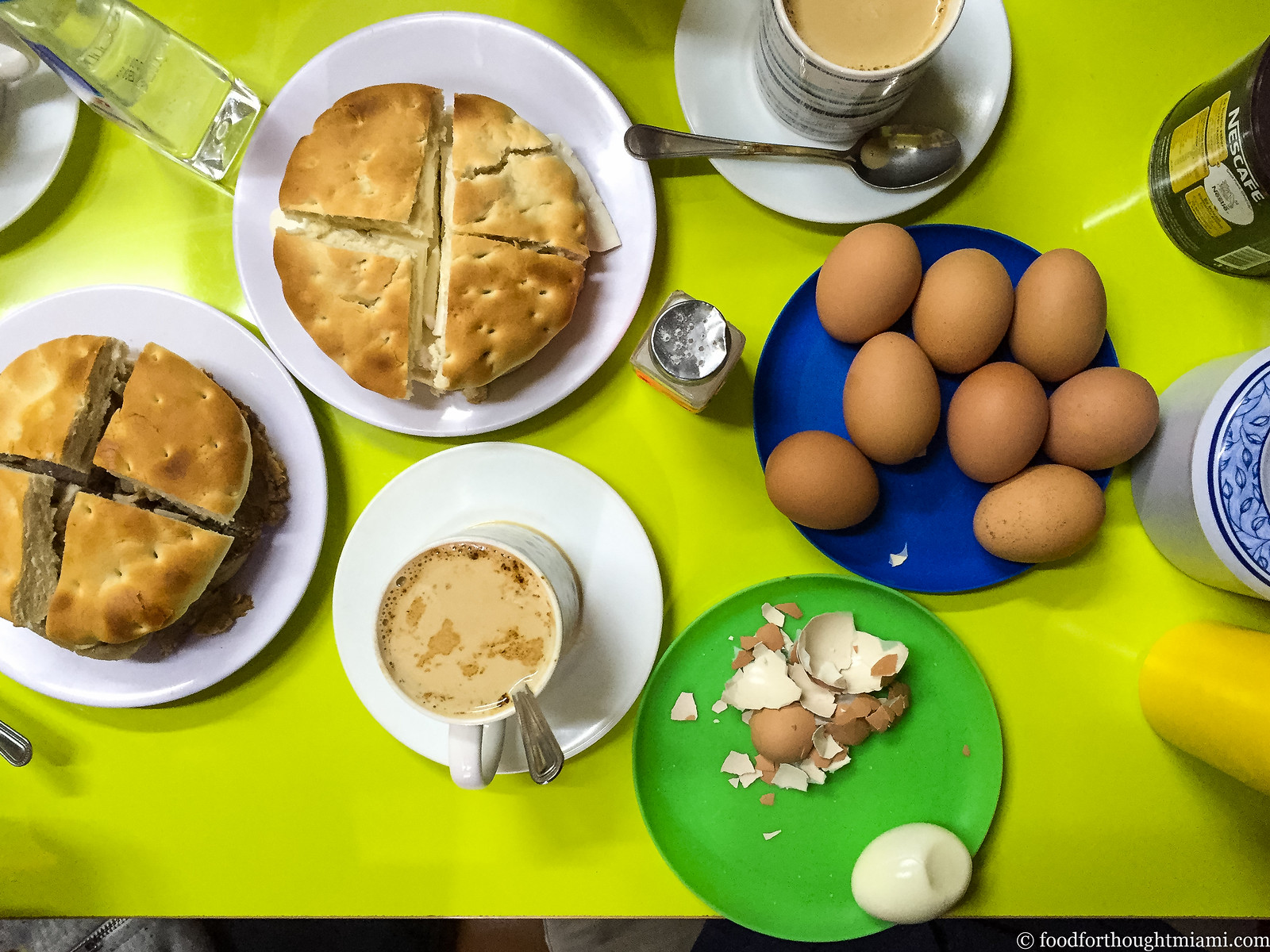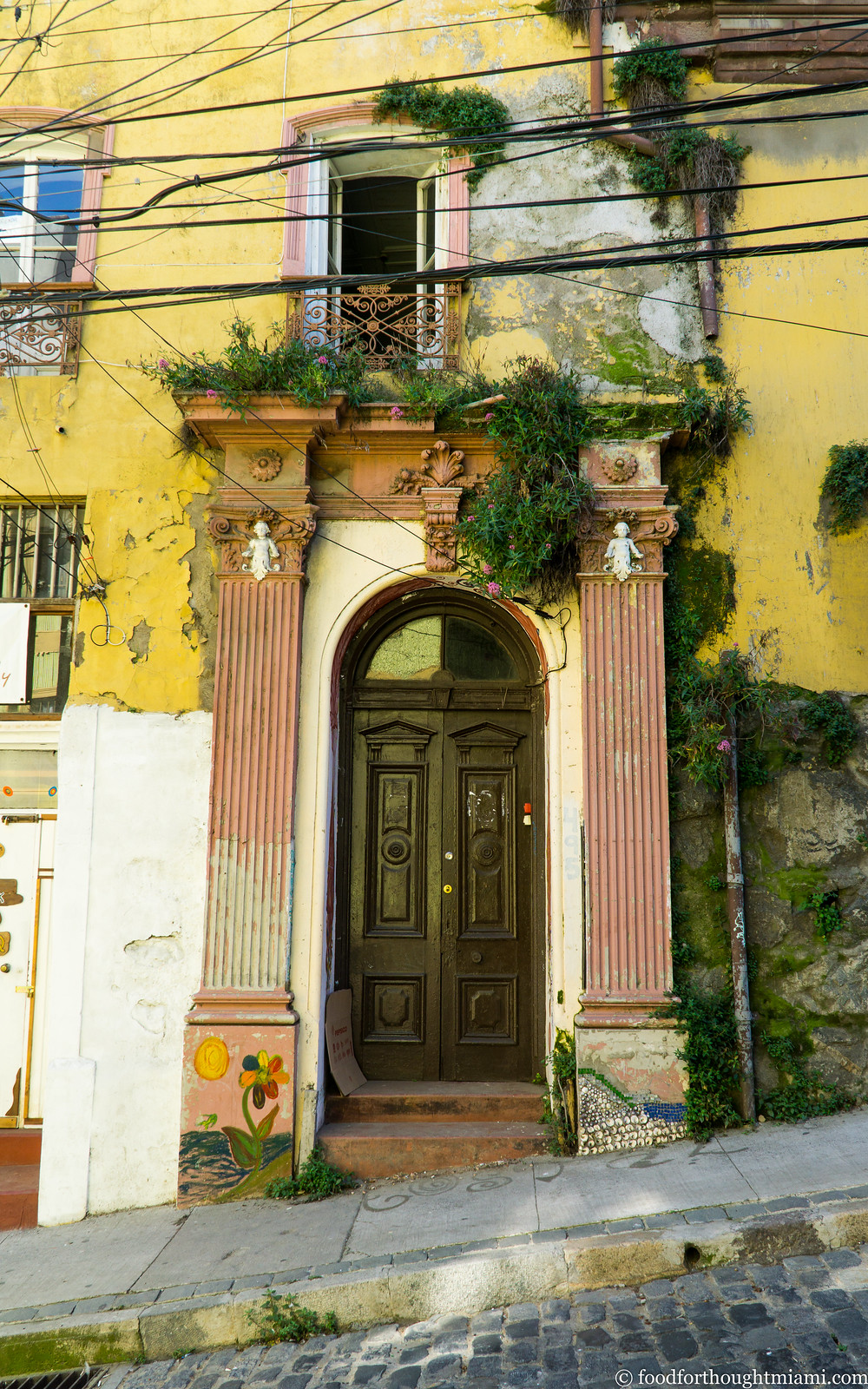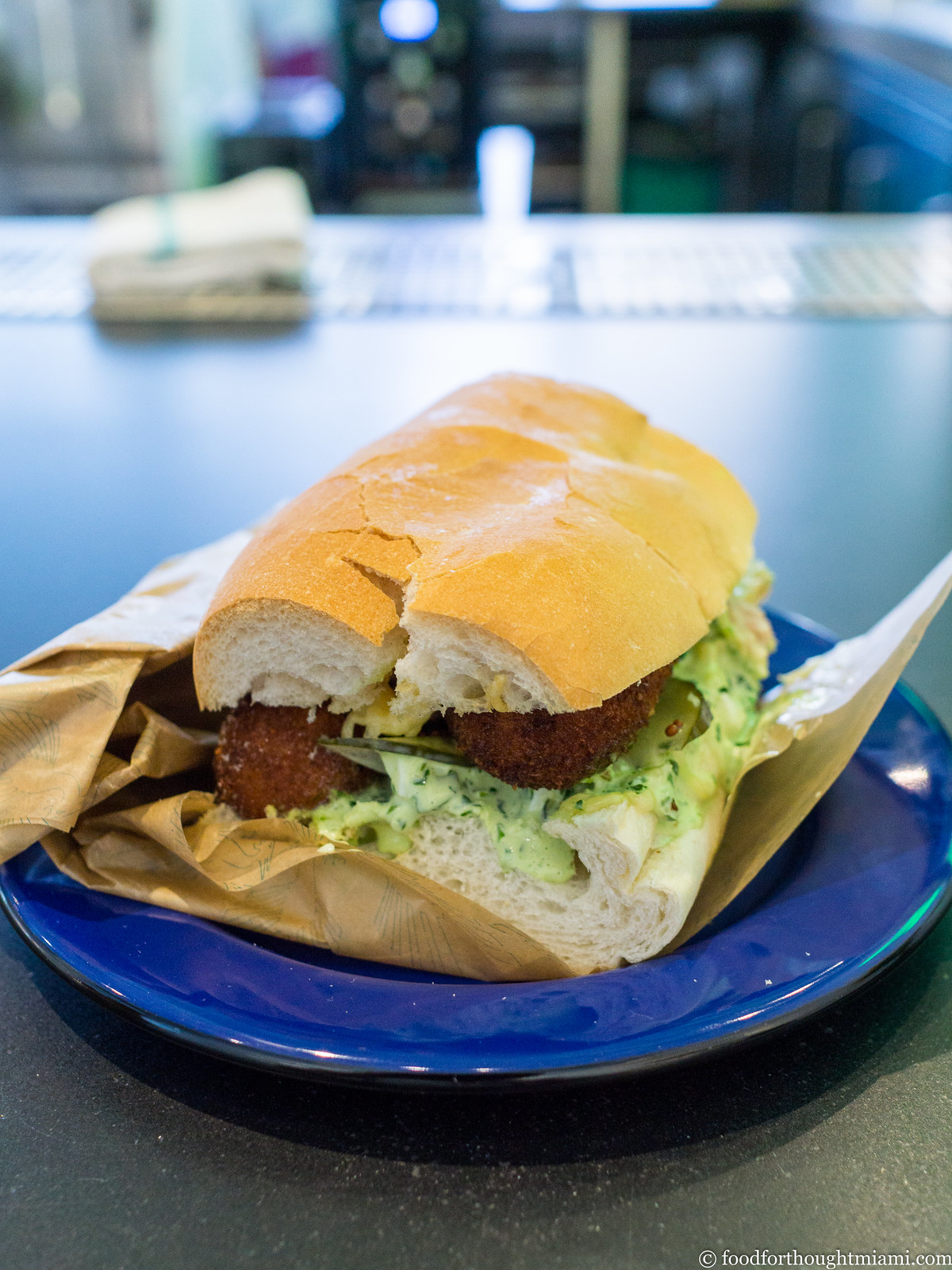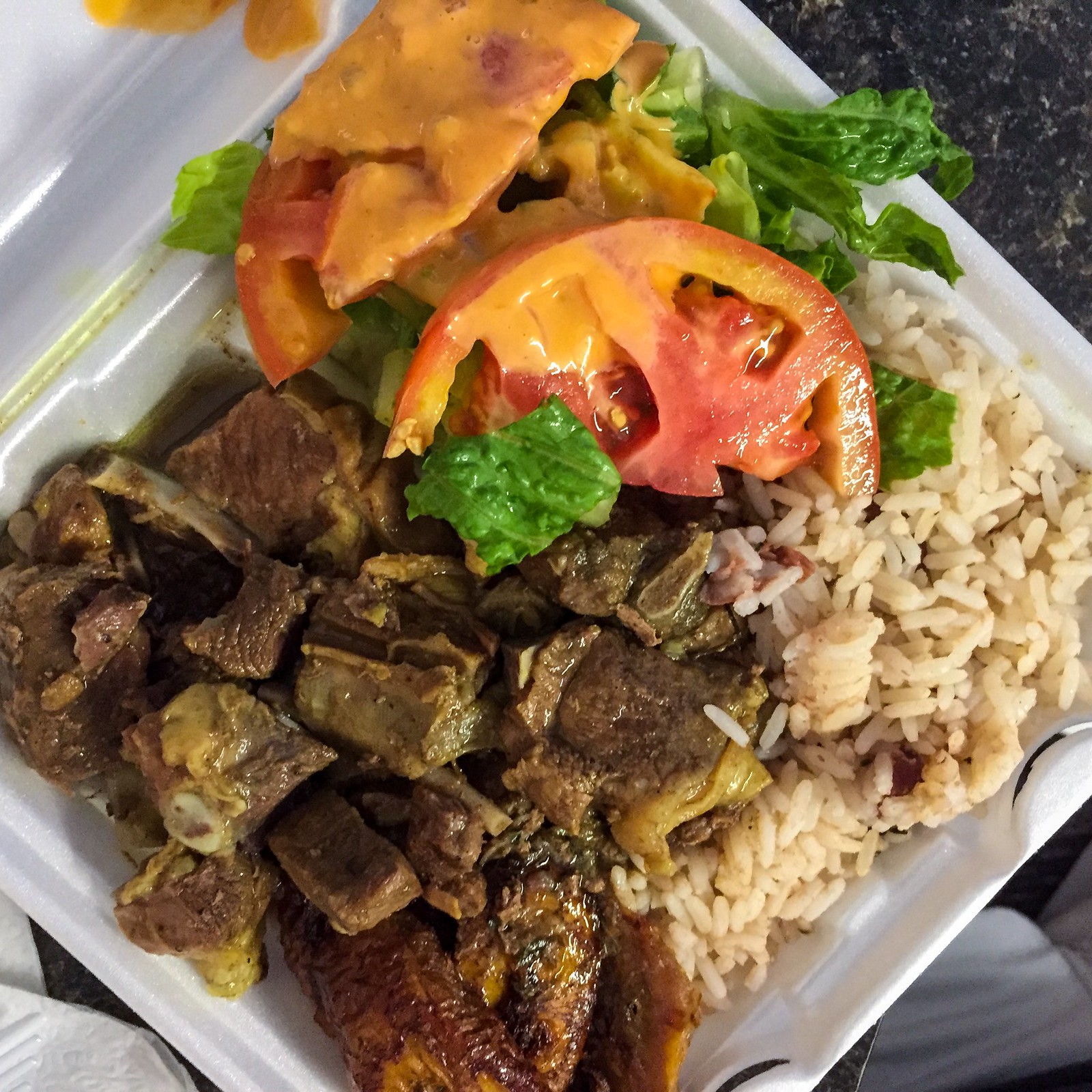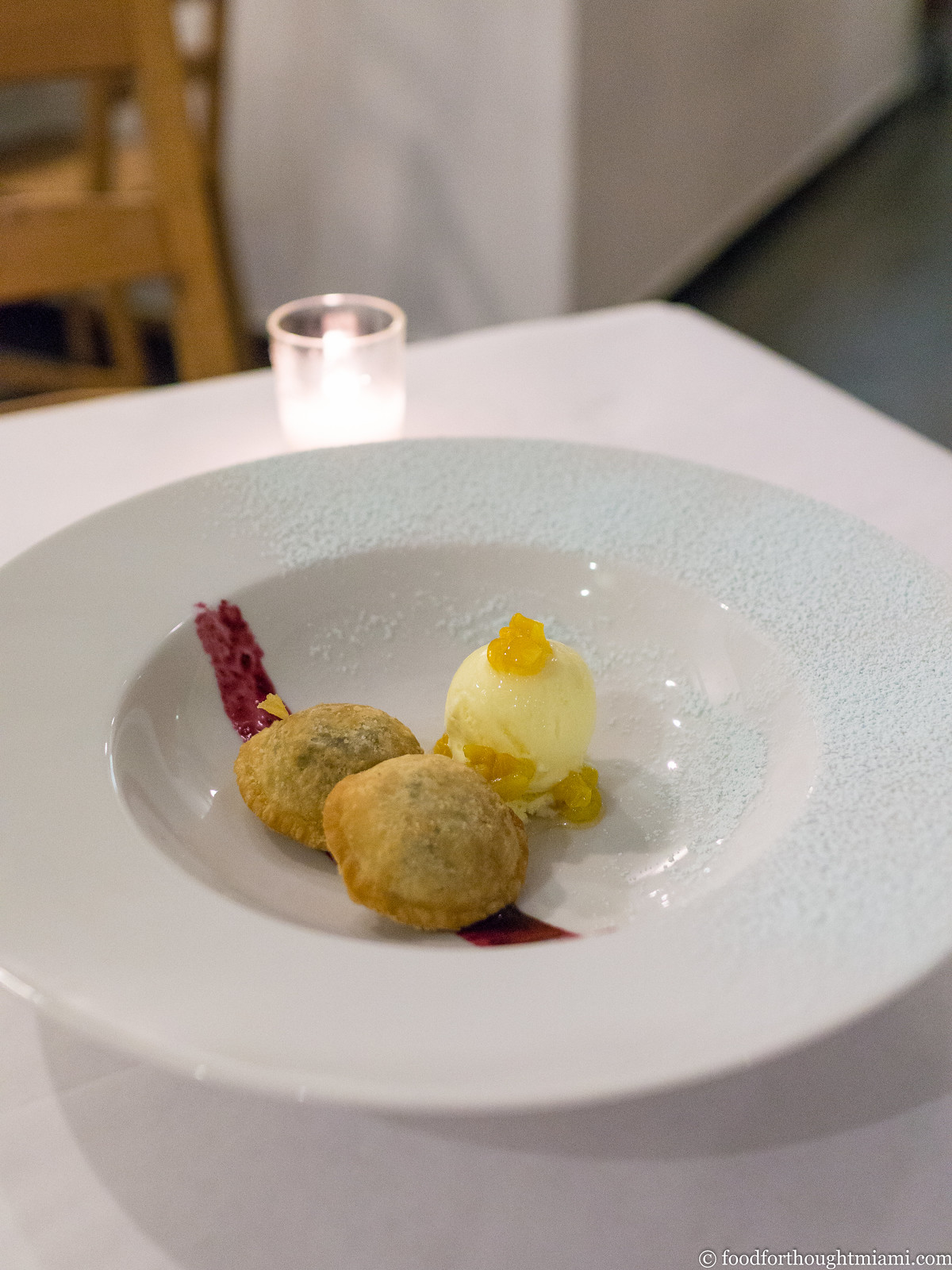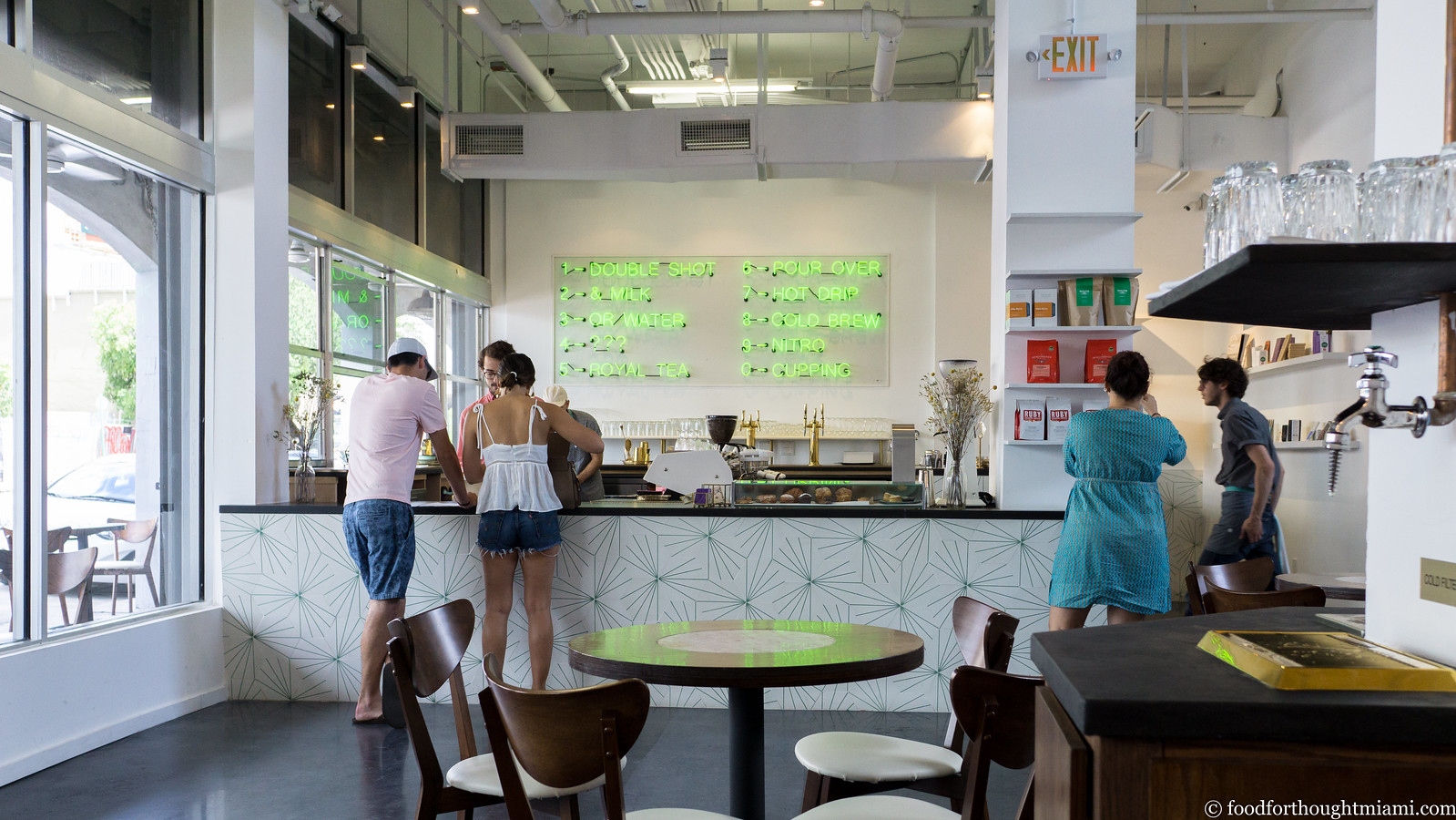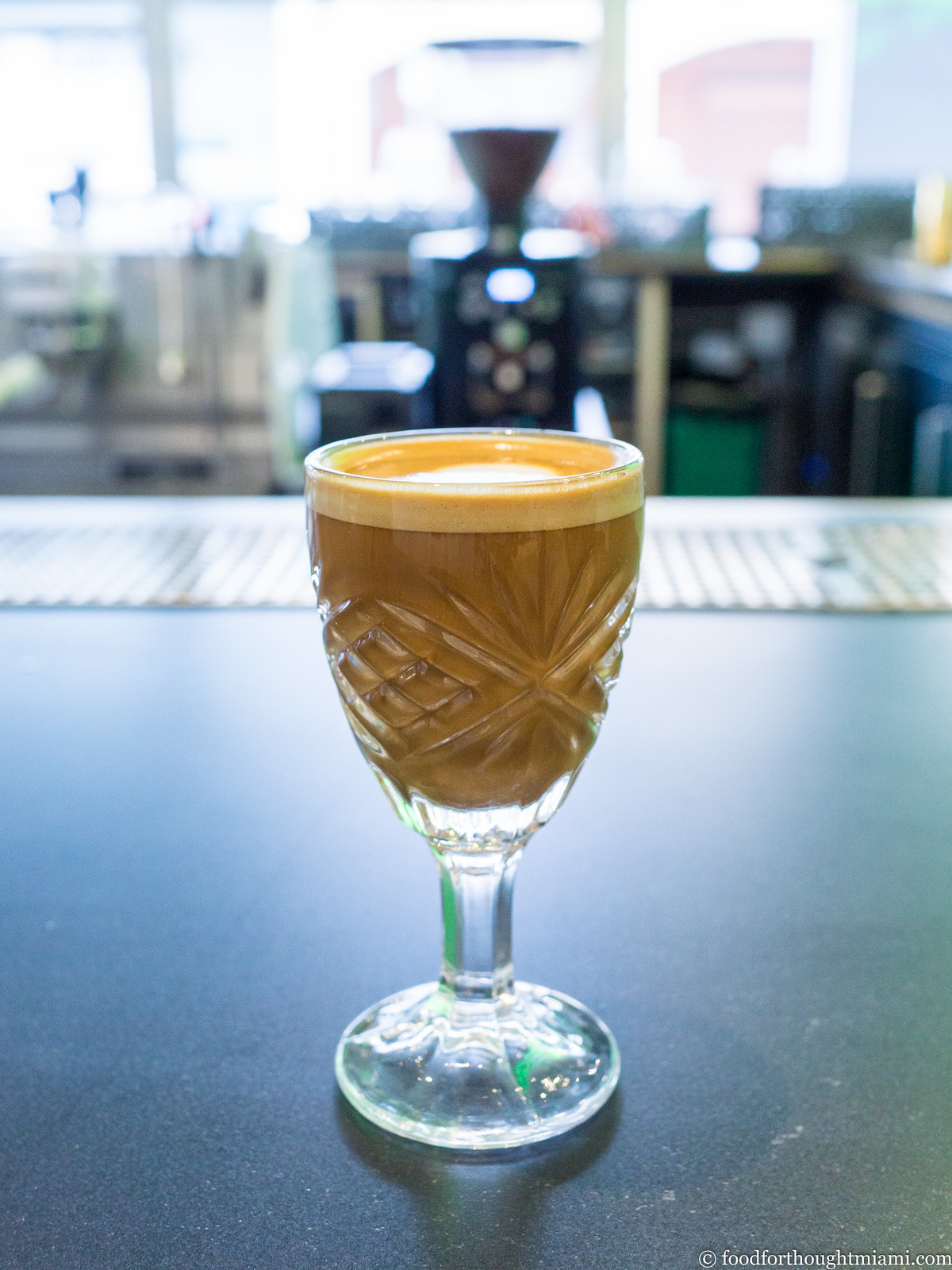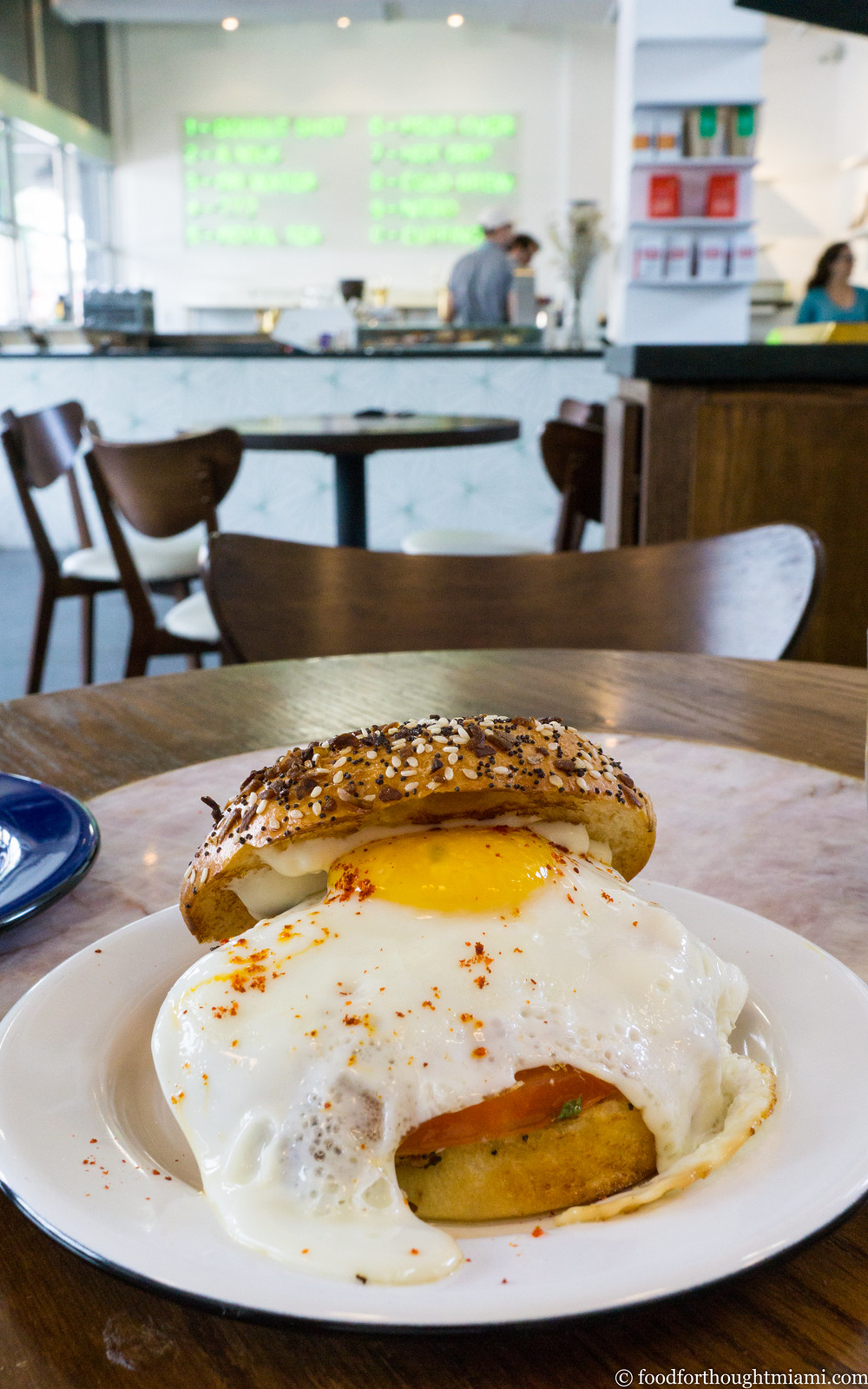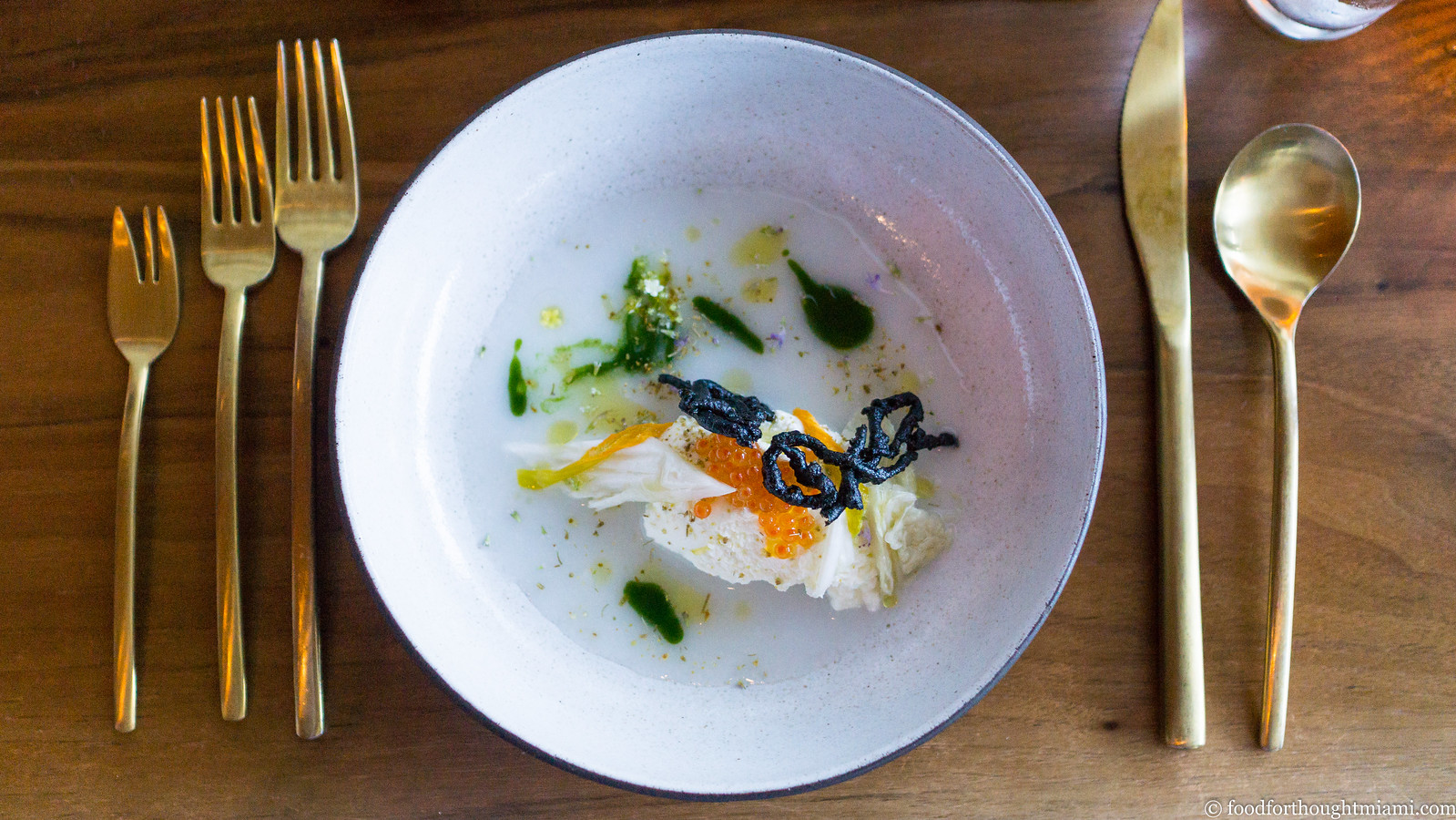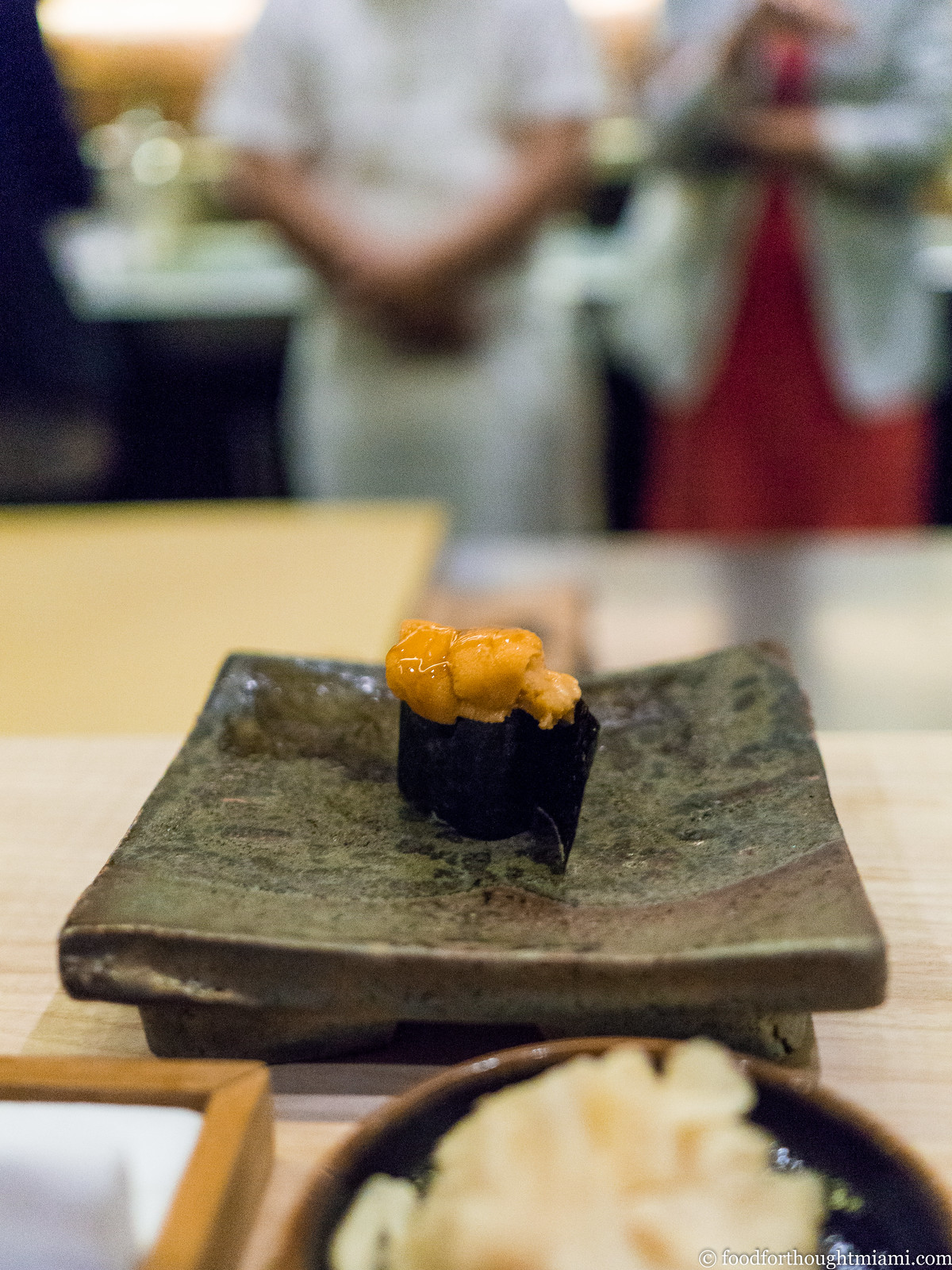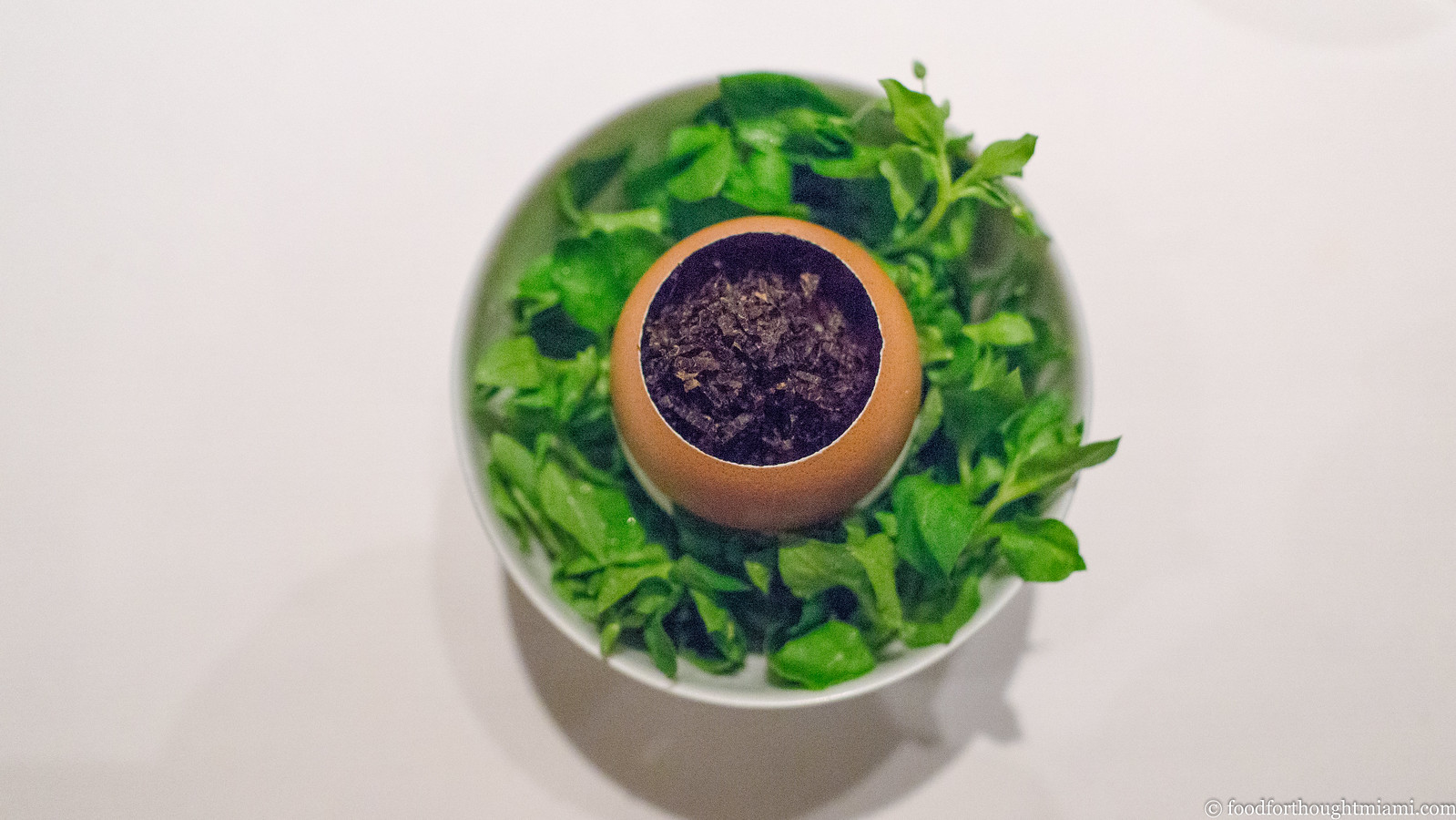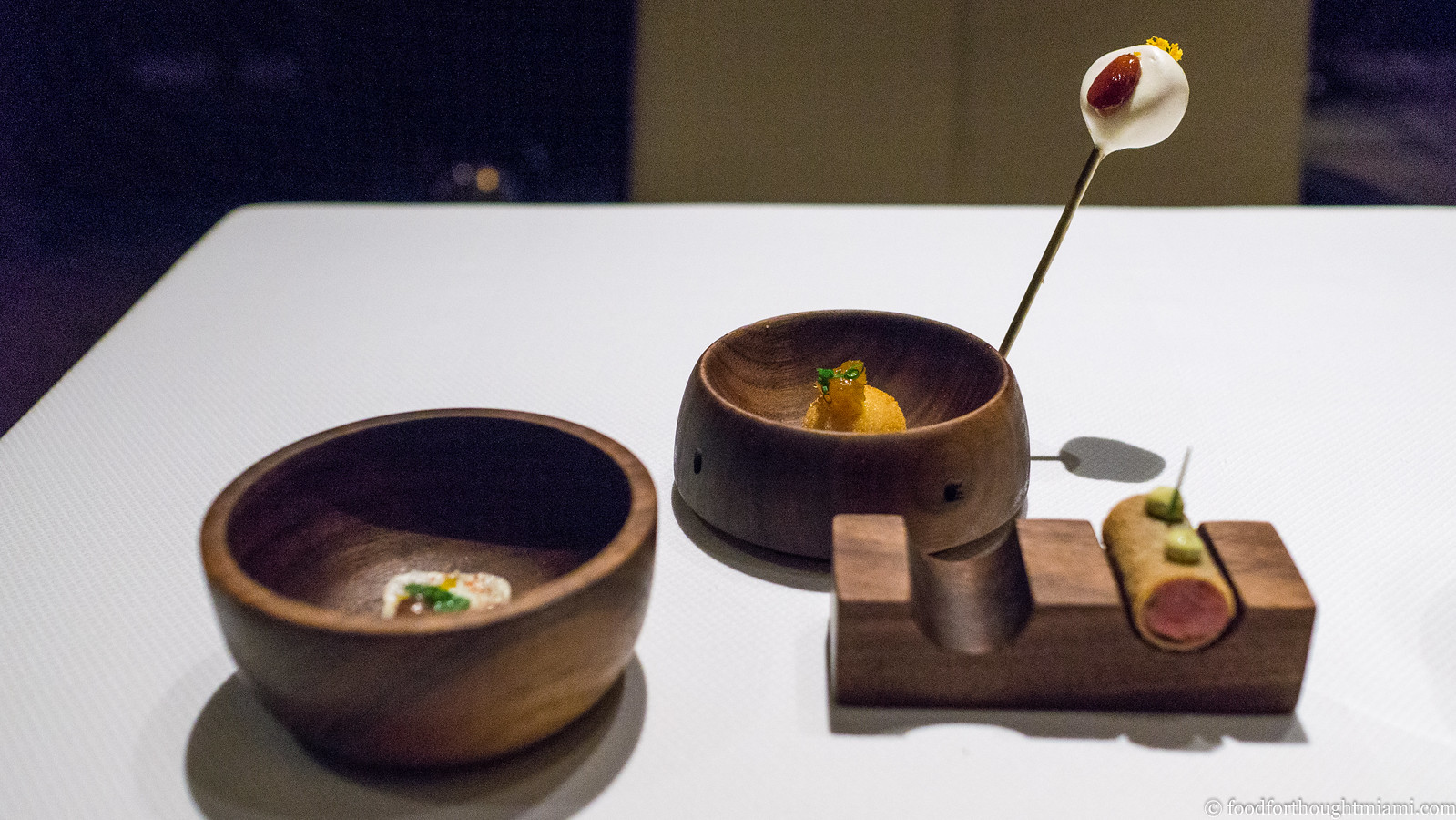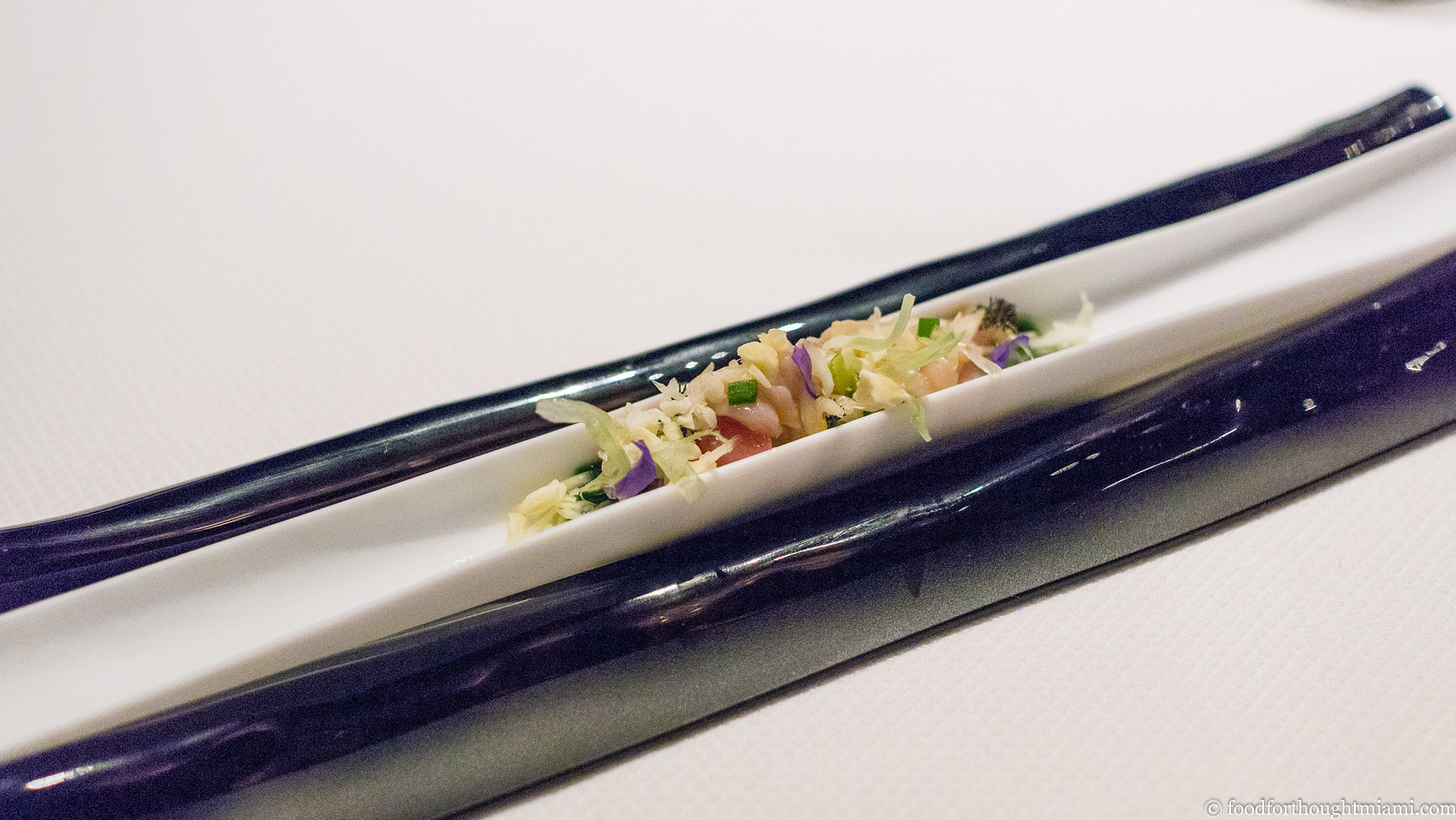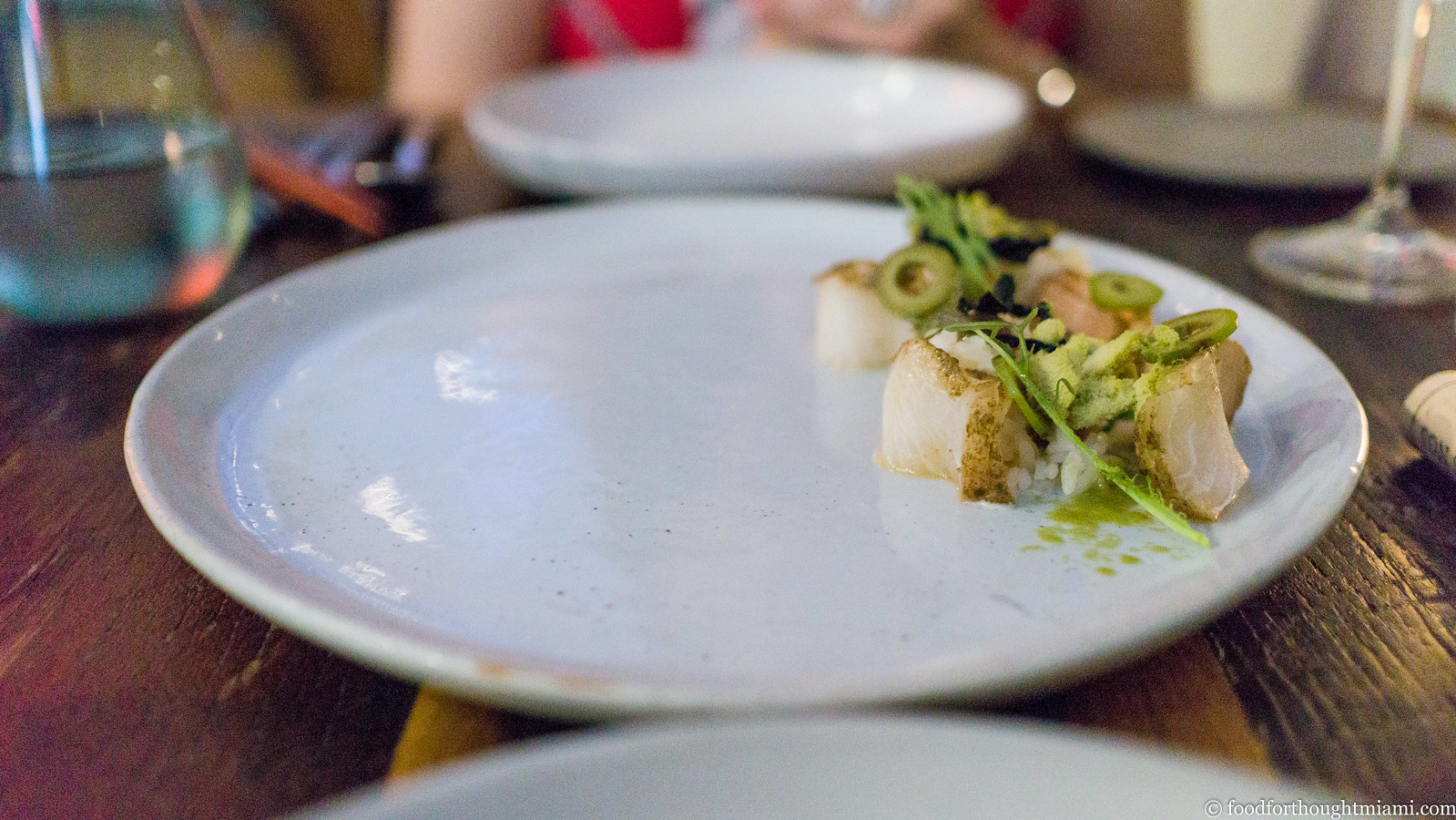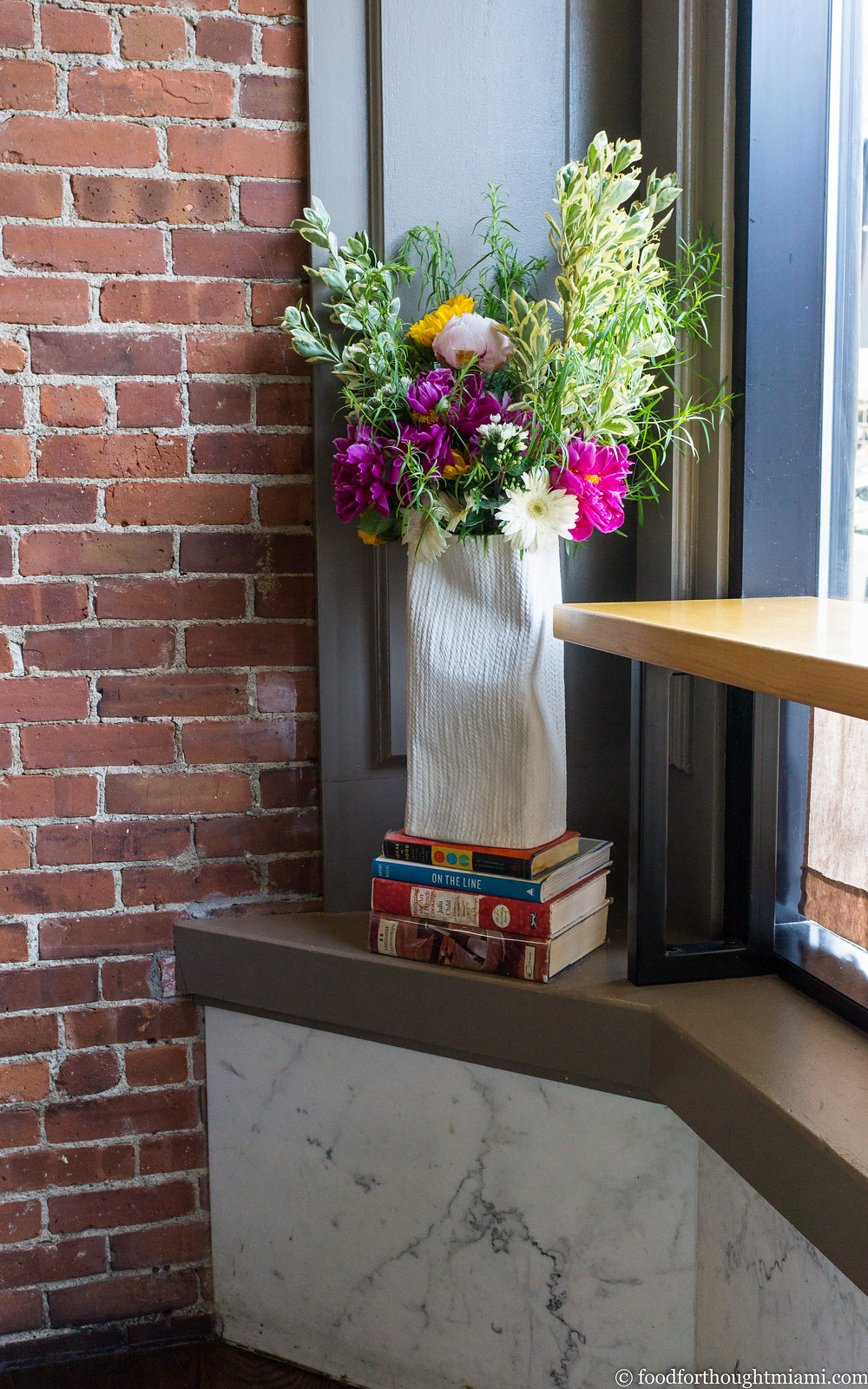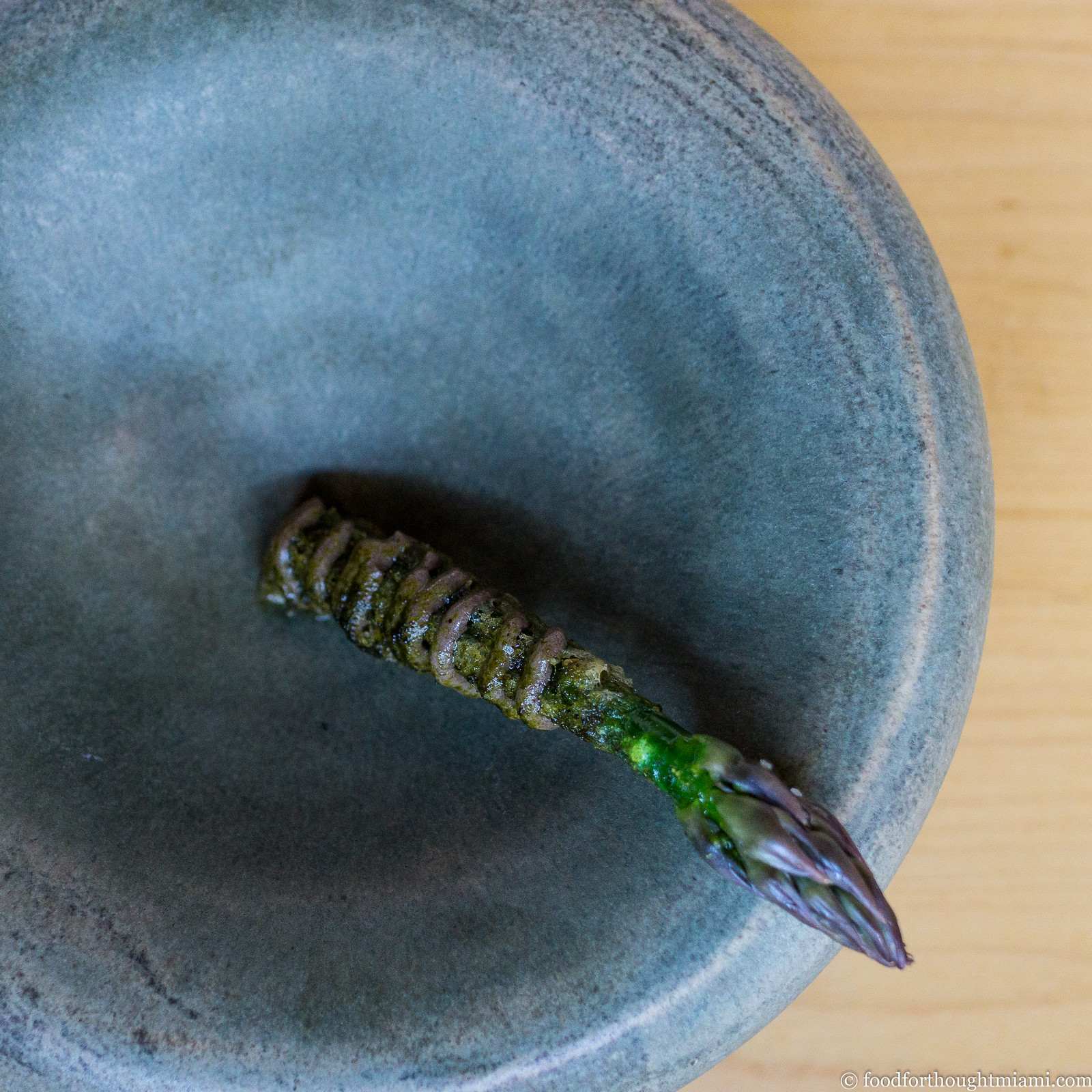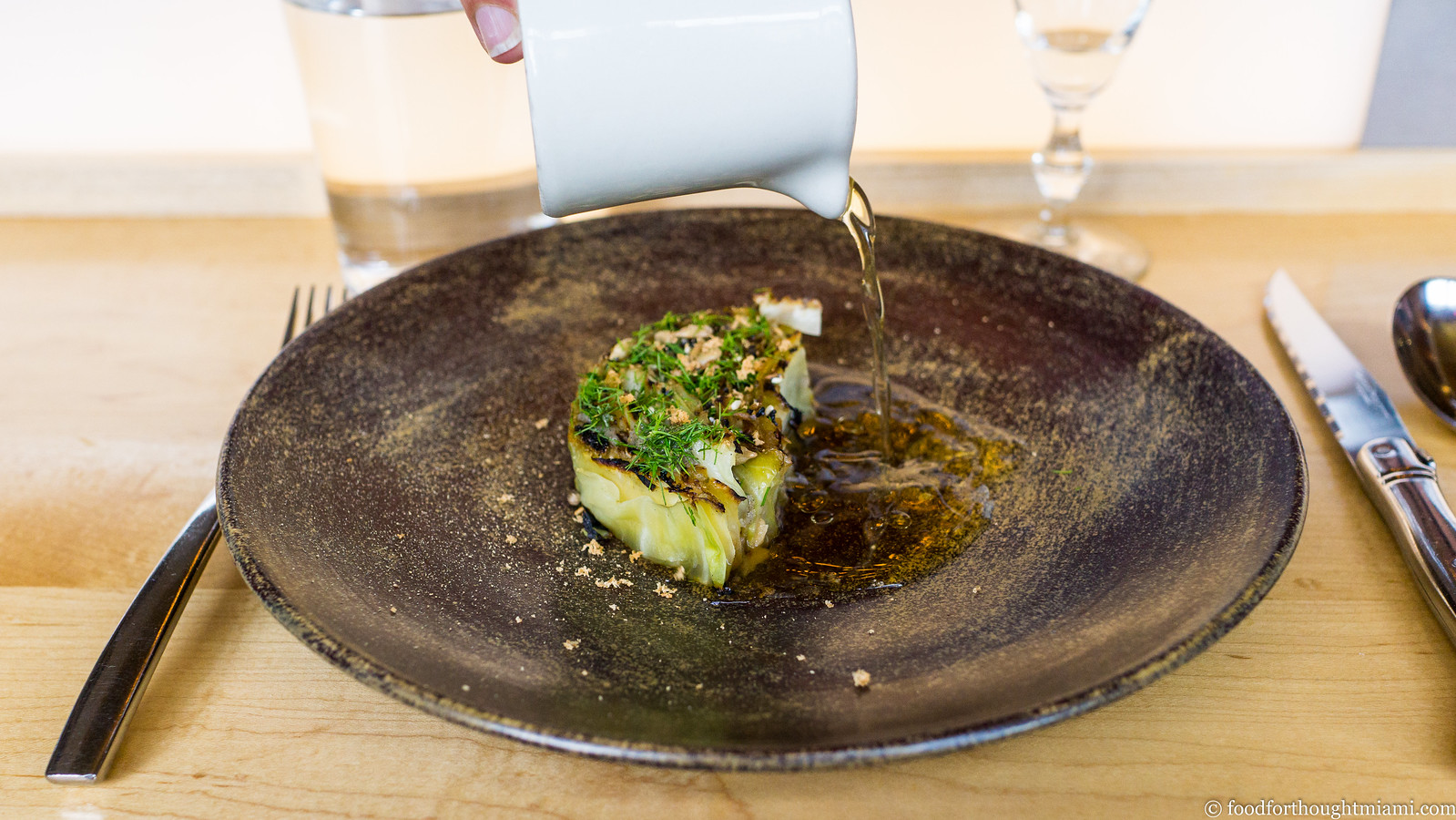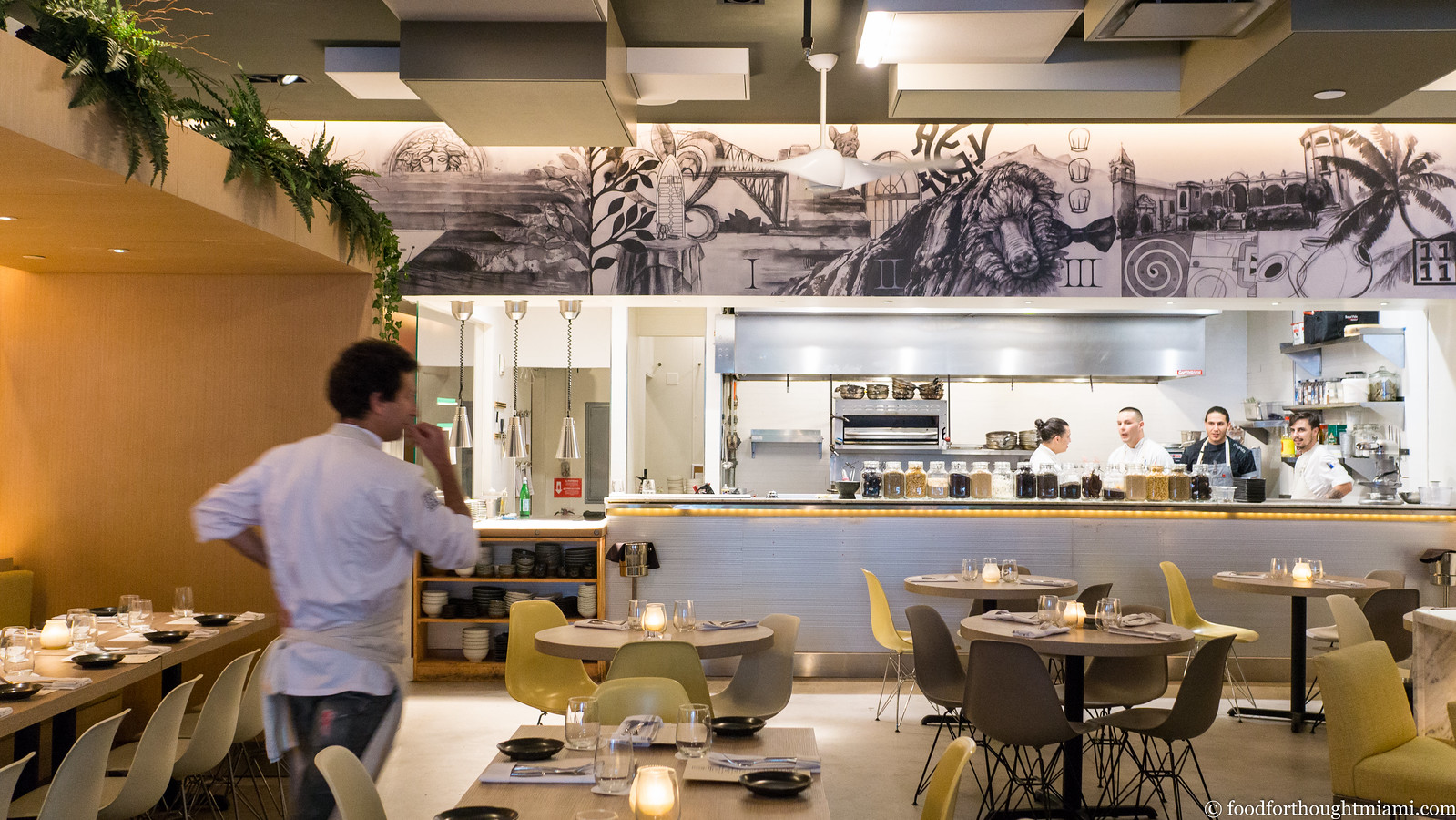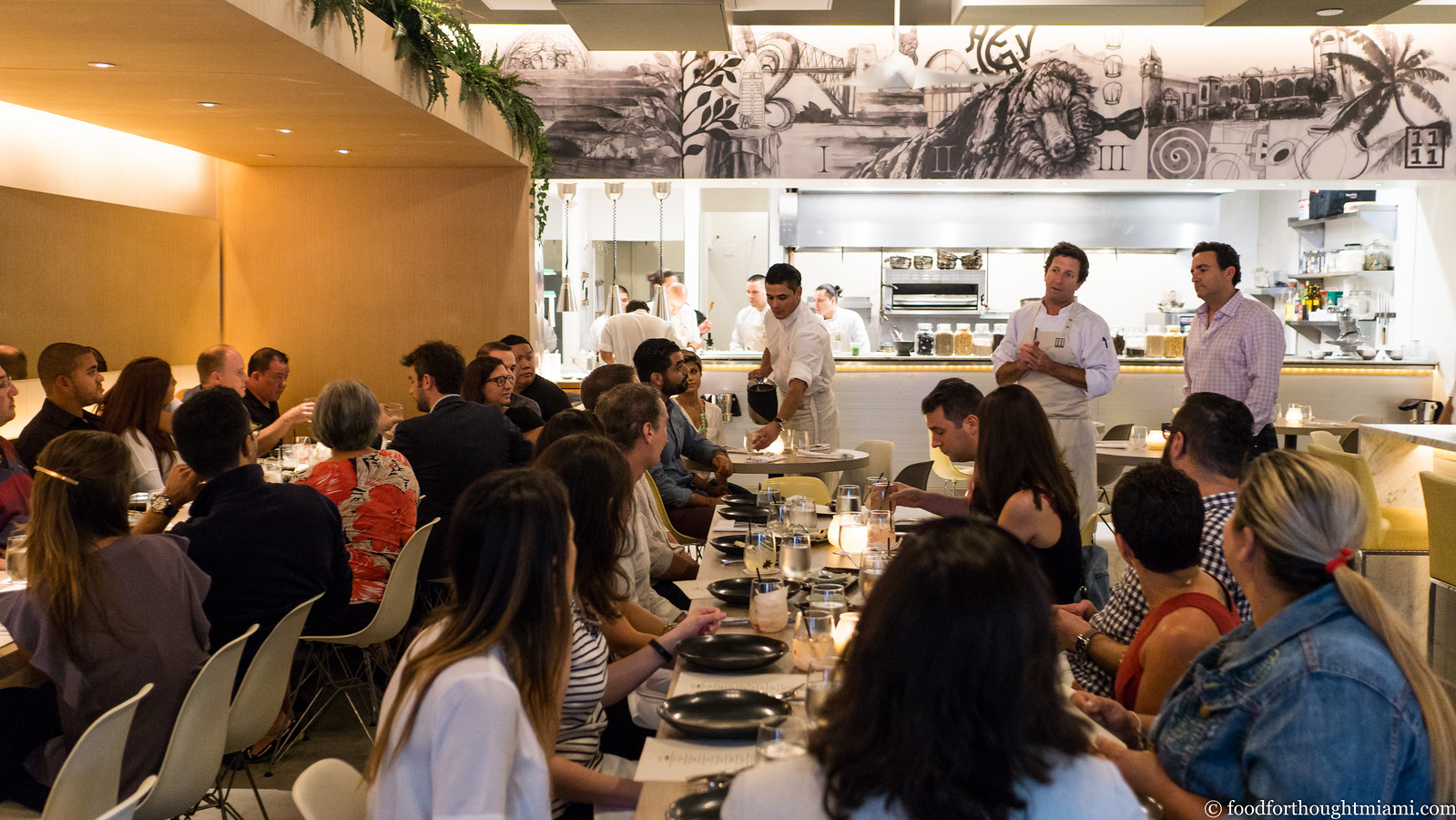After a day in Valparaiso and a quick pass through the Casablanca Valley wine country (more on that in Part 1 of my Chile travelogue), we were back in Santiago for a couple days. It is a big, sprawling city, which became more manageable as we got a sense of its neighborhoods: the relatively quiet, low-scale, Barrio Lastarria, whose European architecture reminded me of San Sebastian, Spain; the funky, bohemian Barrio Bellavista; the bustling business district around the Palacio de la Moneda; the towering high-rises and shiny new shopping malls of Providencia; the über-posh, almost Beverly Hills-like Vitacura neighborhood where Boragó restaurant resides; the bucolic stretch of shops and cafés in the Barrio Italia.
We made our home base at the Lastarria Boutique Hotel, a really nice modern refurbishment of a big 1920's house on a Lastarria side street. Most of the high-end chain hotels are in Providencia or nearby Las Condes, but we liked this location: not as generically big-city, closer to the museums, and a ten-minute walk through Bellavista to the Parque Metropolitano which surrounds Cerro San Cristóbal.
After checking in and dropping our bags, we made our way over to the Plaza de Armas – the original city center. The plaza was packed: with entertainers hustling for tips, with crowds cheering them on, with merchants set up along the street, and with – well, a grocery cart being pushed by a couple Peruvian guys, filled with an odd assortment of stuffed animals and no less than four dogs, all of whom seemed perfectly happy with the arrangement.
Many Santiago restaurants are closed on Sundays, but we found a spot along Calle Monjitas which had an assortment of different empanadas all made and baked in-house, including this one stuffed with shrimp and cheese.
Nearby is the Museo Chileno de Arte Precolombino, which houses a great collection of pre-Columbian artworks and artifacts. One floor displays items from the different regions and cultures of Chile, like this cat-faced bowl made by the Diaguitas peoples, dating from around 1,000 A.D. Another floor more broadly covers most of South and Central America and the Caribbean. It's a well-organized exhibition that gave history and context to our visit to this region.
For dinner, we met up with a friend of Mrs. F and her family at a place called Las Cabras. Though it's right next to the gaudy Costanera Center, a shopping mall-office building complex that includes the tallest building in Latin America, Las Cabras is a modest, no-frills place. It calls itself a "fuente de soda" – a "soda fountain," a Chilean institution much like the U.S.'s mid-century drugstore luncheonettes.
At Las Cabras, Chef Juan Pablo Mellado Arana cooks straightforward Chilean classics, but does it with diligent attention to ingredients and technique – and cocktails, to boot. (For more backstory, there was a good feature in the New York Times last year).
We scooped pebre, a mild salsa of tomatoes, onions, cilantro and chiles, with crusty rolls, and sipped pisco sours, and then shared a palta cardenal, a halved avocado overstuffed with creamy shrimp salad, served over a salad of greens and hard-boiled eggs and olives. We ate charchas de chanco (tender, sticky braised pork cheeks), and beefy lengua (tongue) in a tangy tomato sauce, and a hearty sánguche (sandwich) of grilled churrasco steak.
Our Chileno friends approved of the choice. (Unfortunately, it was too dark at our outdoor table for any good photos).
Las Cabras Fuente de Soda
Luis Thayer Ojeda 0166, Providencia, Santiago, Chile
+56 22 232 9671
(continued ...)

